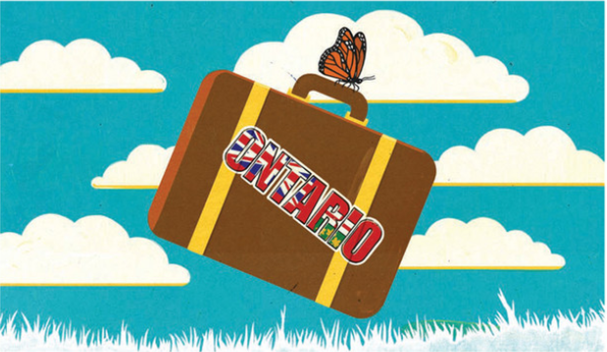Re: “The Monarch Butterfly Effect” [Winter 2019]
About 33 percent of Monarch Watch recoveries in Mexico are from reared monarchs. Lab rearing conditions (12 hours replicating day and night, 27 C constant temperatures) failed to provide environmental cues that lead to reproductive diapause or migration. Induction of a non-reproductive state and migration is complicated and not fully understood.
Citizen scientists and educators raise monarchs collected from the wild as eggs or caterpillars. By providing contact with changing light and temperature conditions associated with seasonal change, most should emerge as migrants. We all know of the learning and joy experienced by students who observe metamorphosis and engage in related citizen science projects such as tagging. “Rescue rearing” of large numbers is unlikely to increase the population.
Most butterfly breeding operations are conscientious, licensed, and monitor for disease and cleanliness. Specimens obtained for these experiments were obtained from one breeder. Breeders usually replenish their breeding stock each year with fresh stock, including wild captured specimens. Given that Canada only has about 6 butterfly rearing operations – two in Quebec, two in Ontario and two out west – issues related to possible negative impacts on the environment are of lesser concern here than in the U.S. Rearing butterflies correctly requires a great deal of time, human effort and money.
The preferred focus should be on conserving and restoring wildlife habitats, which benefit not only monarchs but other animal species as well.
– Don Davis,
Ontario Nature Life Member and citizen scientist
Toronto, Ontario


No Comments Yet